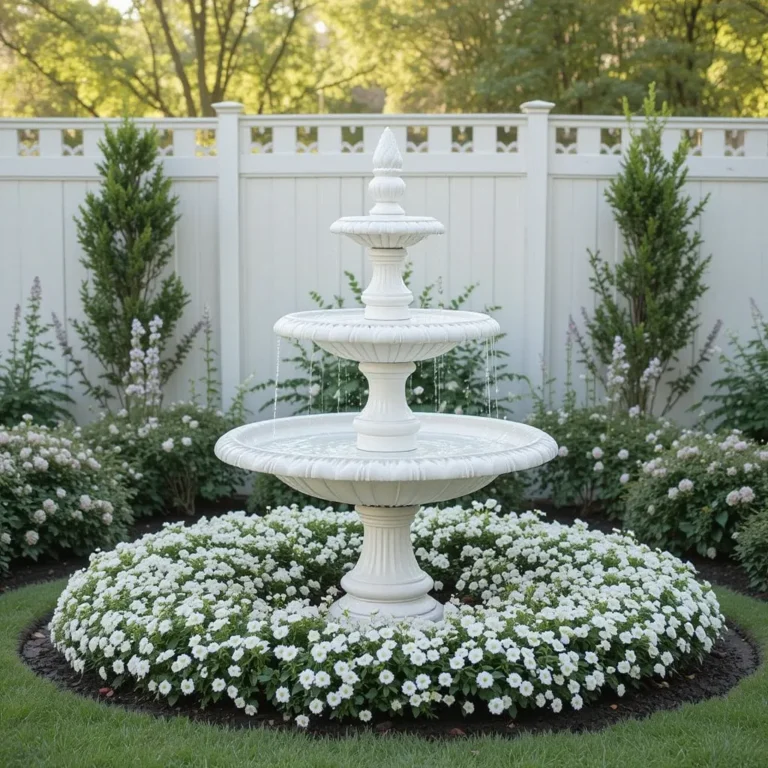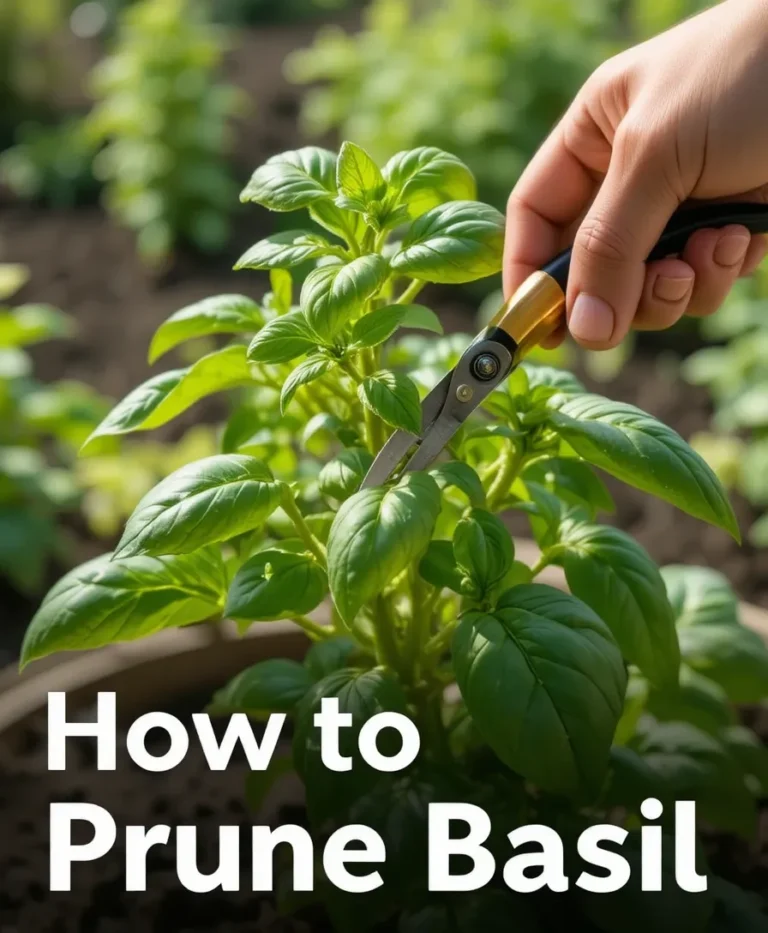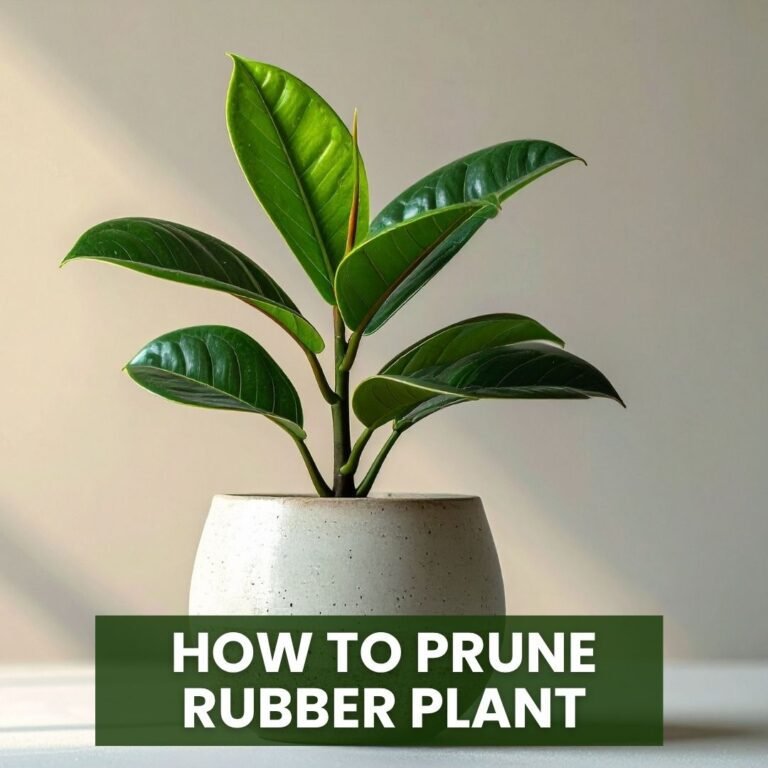How to Prune a Jade Plant: 12 Tips for a Healthy and Thriving Succulent
Jade plants are one of the most popular succulents for indoor gardening. Their thick, glossy leaves and unique branching structure make them a beautiful addition to any home.
However, without proper care, jade plants can become leggy, overgrown, or lose their attractive shape.
Learning how to prune a jade plant correctly ensures it remains healthy, encourages new growth, and maintains its iconic bushy appearance.
Pruning also helps control the plant’s size, prevents disease, and allows sunlight to reach inner leaves.
Below are 12 practical tips and steps to prune your jade plant effectively, whether you’re a beginner or an experienced gardener.

1. Understand Your Jade Plant’s Growth
Before pruning, observe how your jade plant grows. Jade plants produce thick, woody stems and glossy green leaves. Understanding its branching pattern helps you decide which stems need trimming to promote symmetry and fullness.
2. Choose the Right Time to Prune
The best time to prune a jade plant is during its active growth phase, usually in spring or summer. Pruning during this period encourages faster healing and stimulates new growth. Avoid heavy pruning in winter when growth slows down.
3. Use Clean, Sharp Tools
Always use sterilized scissors or pruning shears. Clean cuts prevent infections and help the plant heal quickly. Dip your tools in rubbing alcohol before trimming to ensure they are free from bacteria.
4. Remove Dead or Damaged Leaves
Start by trimming any yellowing, shriveled, or damaged leaves. Removing unhealthy foliage improves the plant’s appearance and allows it to focus energy on healthy growth.
5. Trim Leggy Stems
If your jade plant has long, spindly stems, cut them back to maintain a compact shape. Make cuts just above a leaf node, where new growth can emerge. This technique encourages fuller, bushier branches.
6. Prune for Shape
Shape your jade plant according to your desired style. Whether you want a round, symmetrical plant or a bonsai-inspired miniature tree, selective pruning helps control the overall structure and appearance.
7. Cut Back Overgrown Branches
Overgrown branches can crowd the plant and reduce airflow. Trim back excessive growth to prevent leaves from overlapping, which can lead to fungal problems and stunted growth.
8. Encourage New Growth
Pruning stimulates new shoots and promotes branching. Cutting stems slightly above a leaf node encourages multiple new stems, making the plant denser and healthier.
9. Avoid Cutting Too Much at Once
Never remove more than 20–30% of the plant at a time. Over-pruning can stress the jade plant, slow growth, and even cause shock. Gradual trimming ensures a smoother recovery.
10. Propagate Cuttings
Don’t discard healthy cuttings. Use them to propagate new jade plants by letting the cuttings dry for a few days and then planting them in well-draining succulent soil. This allows you to multiply your plants while trimming.
11. After-Pruning Care
After pruning, place your jade plant in bright, indirect light and avoid overwatering. The plant may need a few weeks to recover, so maintain normal care but monitor for stress signs.
12. Maintain Regular Pruning Schedule
Prune your jade plant once or twice a year to keep it looking its best. Light trimming throughout the growing season prevents overgrowth and maintains the plant’s health and beauty.
Final Thoughts
Pruning a jade plant is essential for maintaining its iconic, bushy appearance and overall health.
By following these tips—trimming leggy stems, shaping the plant, removing damaged leaves, and propagating cuttings—you can ensure your jade plant thrives year after year.
Regular pruning not only encourages new growth but also keeps your plant compact, attractive, and stress-free.
With proper care, your jade plant can remain a stunning, long-lived centerpiece in your home.






